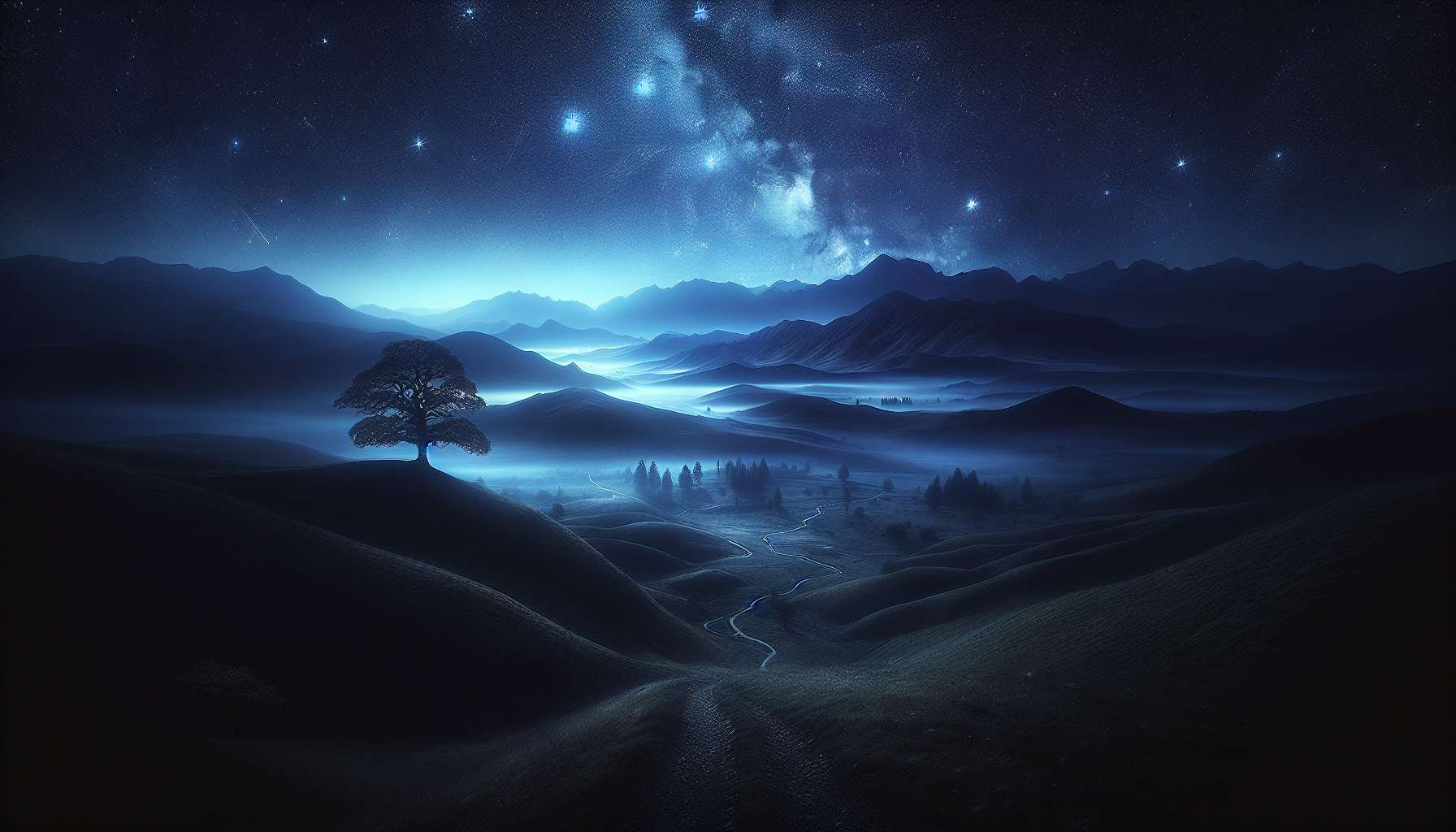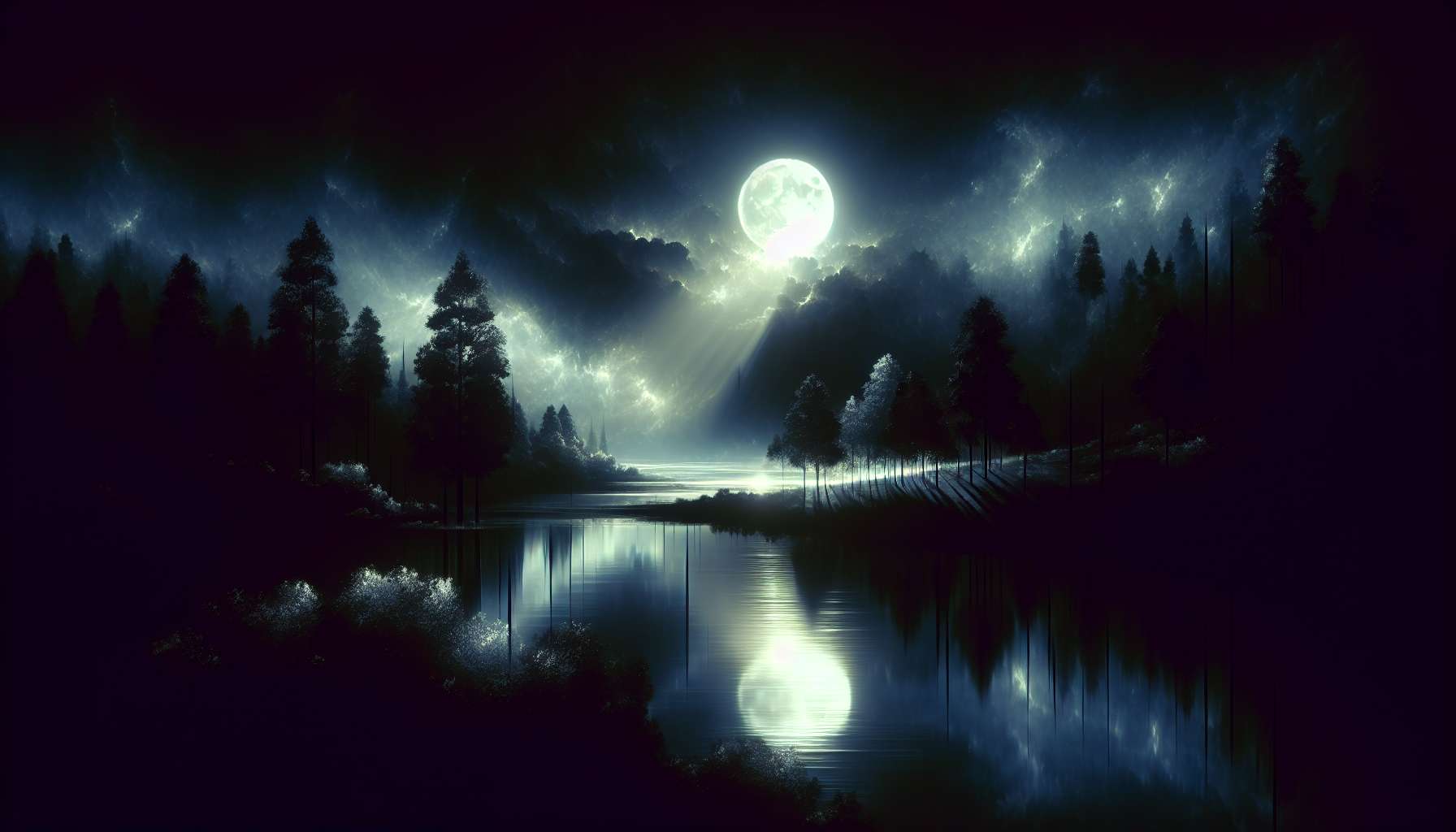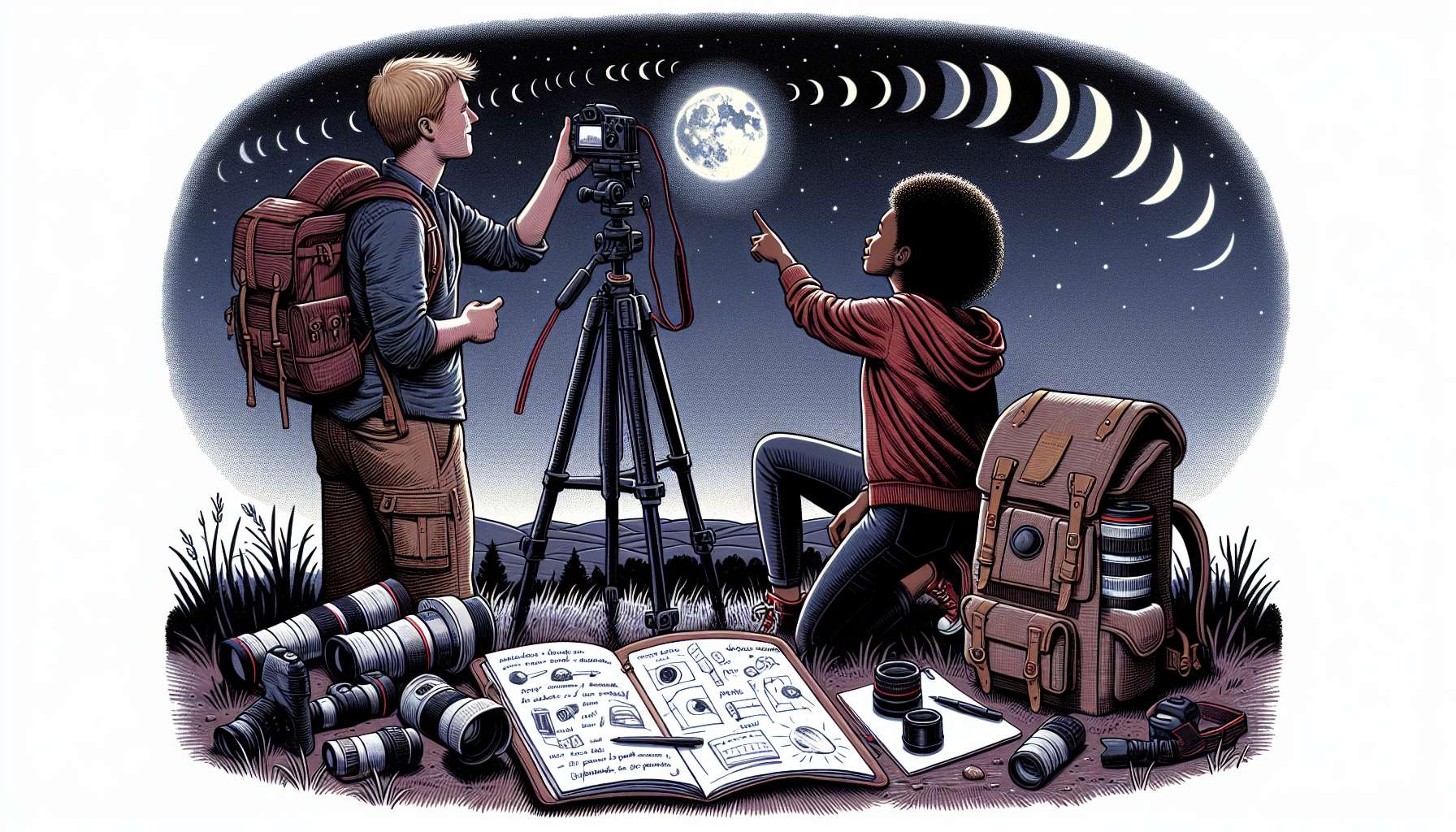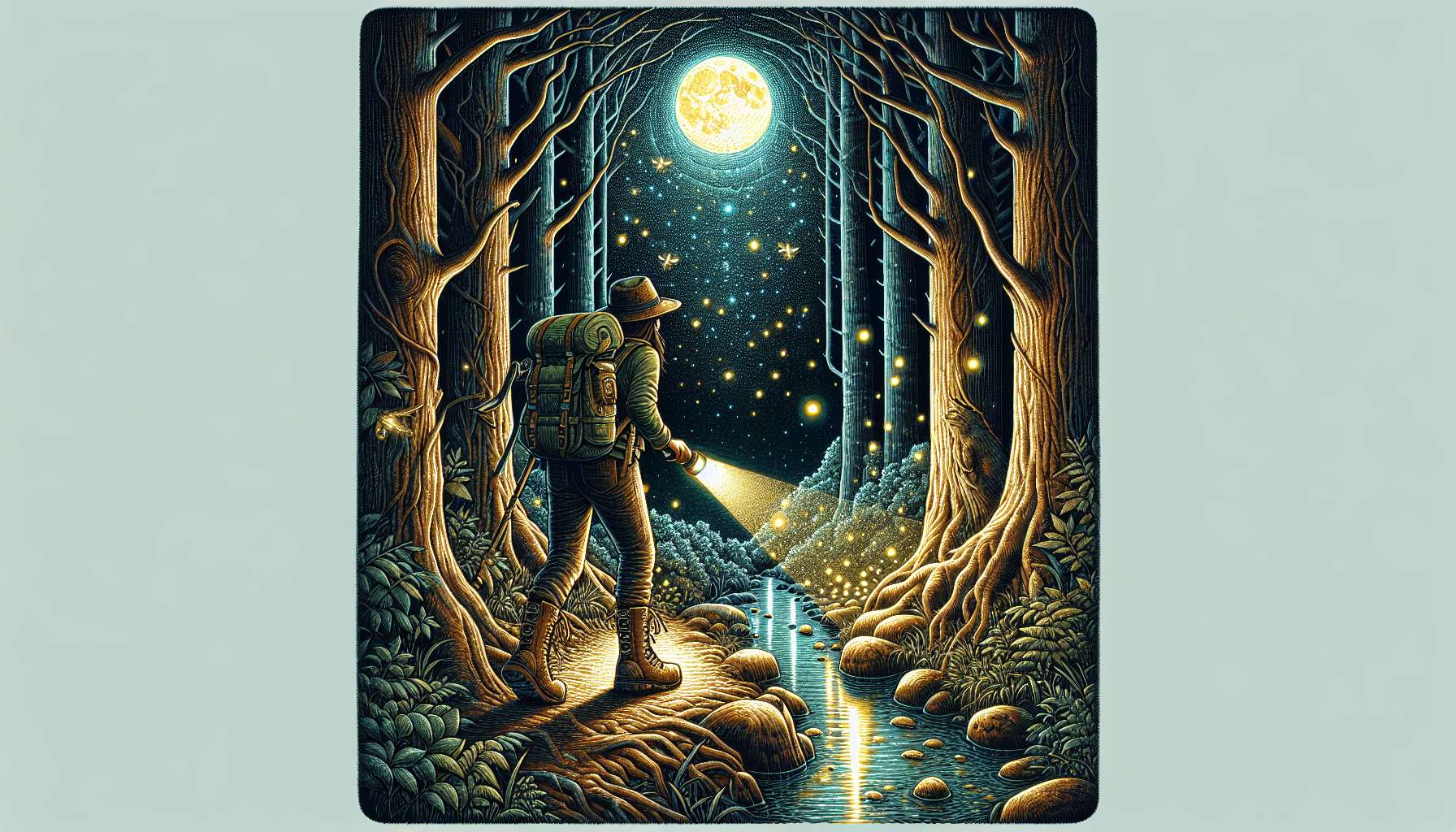Nighttime Wanderlust in Photography
In the realm of photography, capturing the essence of nighttime wanderlust holds a unique allure. The world transforms under the cover of darkness, revealing a mysterious beauty that is both captivating and elusive. From the twinkling lights of a city skyline to the serene stillness of a moonlit landscape, nighttime photography offers a wealth of opportunities for exploration and creativity. In this article, we will delve into the enchanting world of nighttime wanderlust in photography, exploring its nuances, techniques, and the profound impact it can have on both photographers and viewers alike.
The Magic of the Night Sky
One of the most mesmerizing aspects of nighttime photography is the stunning beauty of the night sky. With the absence of natural light pollution, the stars, planets, and galaxies that adorn the heavens come into sharp focus, creating a celestial tapestry that is both awe-inspiring and humbling. Capturing the majesty of the night sky requires patience, skill, and a deep understanding of the technical aspects of photography.
For photographers who are passionate about astrophotography, the night sky offers a canvas like no other. By using long exposure techniques and specialized equipment, photographers can capture the intricate details of the Milky Way, the ethereal glow of the Northern Lights, or the subtle movements of the stars as they arc across the sky. These images not only showcase the beauty of the cosmos but also serve as a reminder of our place in the vast universe.
Cityscapes Under the Cover of Darkness
While the natural world holds its own allure, cityscapes at night offer a vibrant and dynamic subject for photographers. The play of light and shadow, the reflections in glass skyscrapers, and the bustling energy of urban life all come alive under the cover of darkness. Capturing the essence of a city at night requires a keen eye for composition, an understanding of light sources, and a mastery of exposure settings.
One of the challenges of photographing cityscapes at night is balancing the bright artificial lights with the darker areas of the scene. This can be achieved through techniques such as bracketing, where multiple exposures are taken and blended together to create a well-exposed image. Additionally, the use of a tripod is essential to ensure sharpness in low light conditions and to allow for longer exposure times.
The Art of Light Painting
Light painting is a creative technique that involves using handheld light sources to “paint” or illuminate a scene during a long exposure. This can result in surreal and otherworldly images that capture the imagination of viewers. From swirling patterns of light to intricate designs, light painting offers endless possibilities for experimentation and creativity.
To create compelling light painting images, photographers can use a variety of tools such as flashlights, LED wands, or even fireworks. By moving the light source strategically during the exposure, photographers can add depth, texture, and visual interest to their images. The key to successful light painting is experimentation and practice, as each movement of the light source can have a dramatic impact on the final result.
The Tranquility of Nighttime Landscapes
For those seeking a more serene and contemplative subject, nighttime landscapes offer a peaceful retreat from the hustle and bustle of daily life. The soft glow of moonlight on a tranquil lake, the ethereal mist that shrouds a forest at night, or the silhouettes of mountains against a starry sky all evoke a sense of wonder and tranquility. Capturing the essence of nighttime landscapes requires a deep connection to the natural world and a willingness to embrace solitude and stillness.
One of the challenges of photographing nighttime landscapes is the limited available light. To overcome this, photographers can use techniques such as long exposures, high ISO settings, and creative use of artificial lighting sources. By carefully composing the scene and choosing the right settings, photographers can create images that evoke the mood and atmosphere of the nighttime landscape.
The Emotional Impact of Nighttime Photography
One of the most powerful aspects of nighttime photography is its ability to evoke emotion and create a deep connection with viewers. The play of light and shadow, the interplay of colors, and the sense of mystery and intrigue that pervades nighttime scenes all contribute to the emotional impact of these images. Whether capturing the excitement of a bustling city street at night or the solitude of a remote wilderness, nighttime photography has a way of stirring the soul and sparking the imagination.
Photographers who specialize in nighttime photography often speak of the profound sense of peace and fulfillment they experience when immersed in the night. The stillness, the solitude, and the beauty of the nocturnal world all combine to create a sense of wonder and awe that is difficult to replicate in any other setting. By capturing these moments and sharing them with the world, photographers can evoke a wide range of emotions and inspire viewers to see the world in a new light.
Expert Opinions
To gain further insights into the world of nighttime wanderlust in photography, we reached out to renowned photographer and astrophotographer, John Smith. According to Smith, “Nighttime photography offers a unique opportunity to explore the hidden beauty of the world around us. By embracing the challenges of low light conditions and pushing the boundaries of creativity, photographers can create images that are truly unforgettable.”
Smith also emphasizes the importance of patience and perseverance in nighttime photography, stating that “Success in nighttime photography requires a willingness to experiment, to learn from failure, and to keep pushing the limits of what is possible. By embracing the unknown and embracing the magic of the night, photographers can create images that are both technically stunning and emotionally evocative.”
Common Misconceptions
One common misconception about nighttime photography is that it requires expensive equipment and specialized training. While high-quality gear can certainly enhance the quality of nighttime images, it is possible to create stunning photographs with basic equipment and a solid understanding of photography fundamentals. By mastering the technical aspects of exposure, composition, and lighting, photographers can create compelling nighttime images without breaking the bank.
Another misconception is that nighttime photography is limited to astrophotography or cityscapes. While these are popular subjects for nighttime photography, there are endless possibilities for creative exploration in the nocturnal world. From abstract light painting to moody landscapes, photographers can find inspiration in unexpected places and create images that are truly unique and original.
Conclusion
In conclusion, nighttime wanderlust in photography offers a rich tapestry of opportunities for exploration, creativity, and emotional connection. From the celestial beauty of the night sky to the vibrant energy of cityscapes at night, the world transforms under the cover of darkness, revealing a hidden beauty that is both captivating and elusive. By embracing the challenges of low light conditions, mastering the technical aspects of photography, and tapping into the emotional resonance of the night, photographers can create images that are truly unforgettable.
As we journey through the nocturnal world with our cameras in hand, let us remember the magic of the night, the sense of wonder and awe that it inspires, and the profound connection it fosters with the world around us. In the darkness, we find light. In the stillness, we find movement. In the solitude, we find connection. Nighttime wanderlust in photography is not just about capturing imagesit is about capturing moments, emotions, and memories that will stay with us long after the night has passed.




